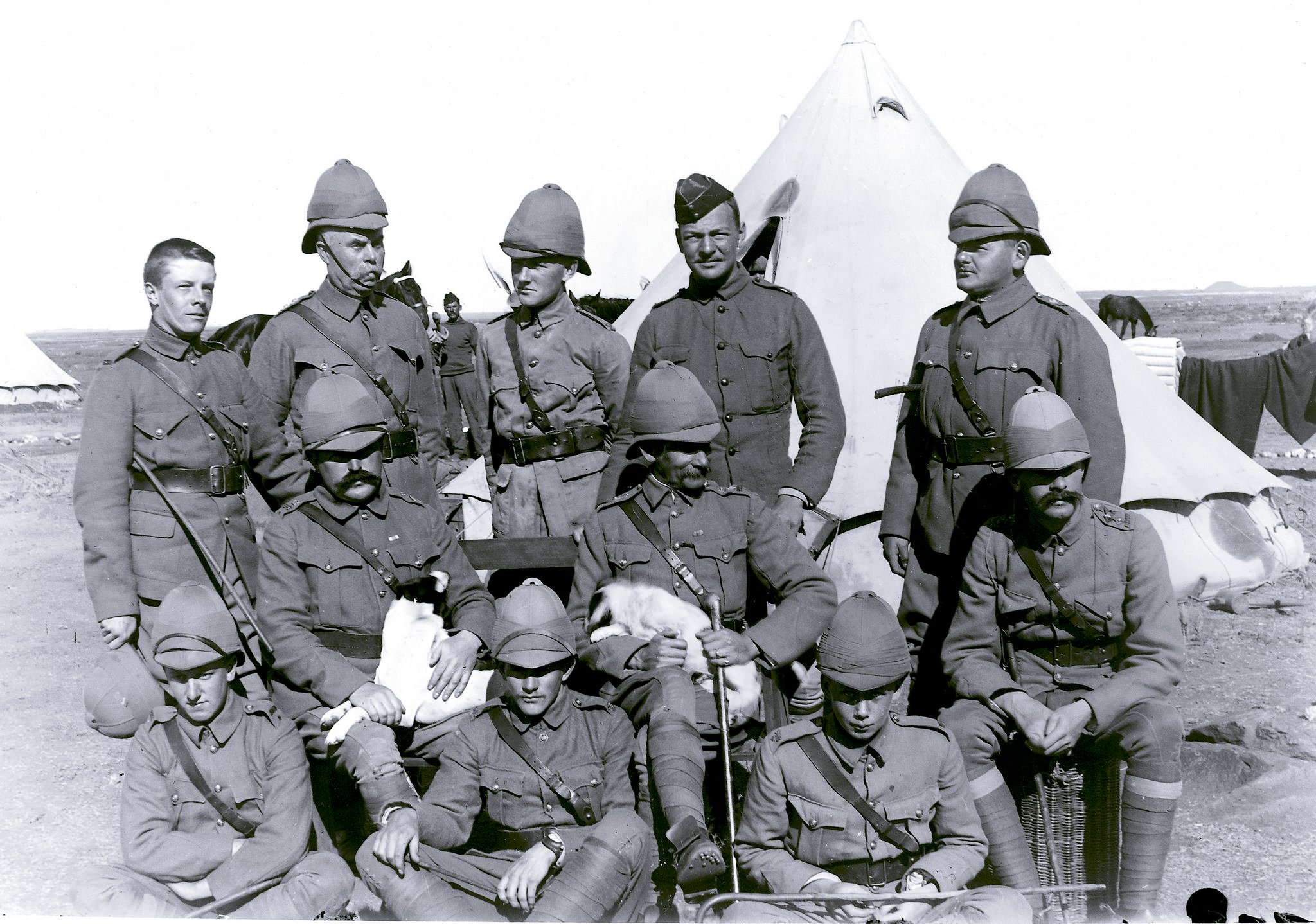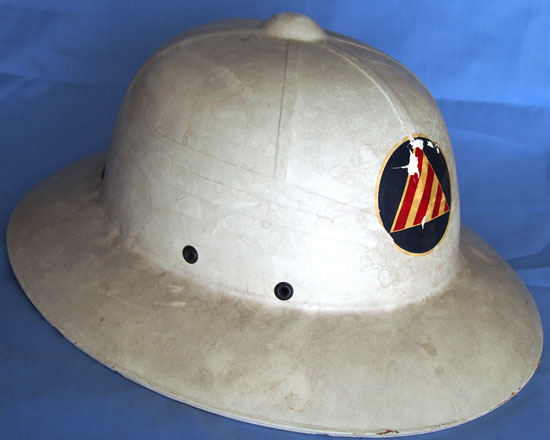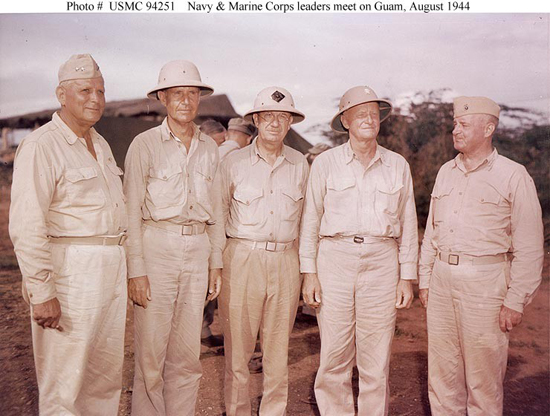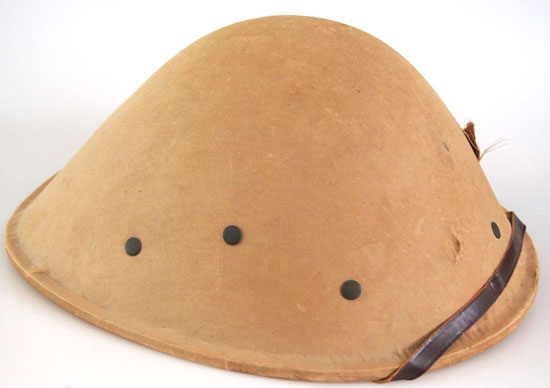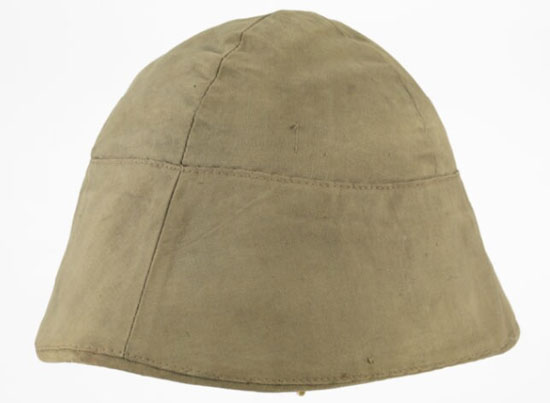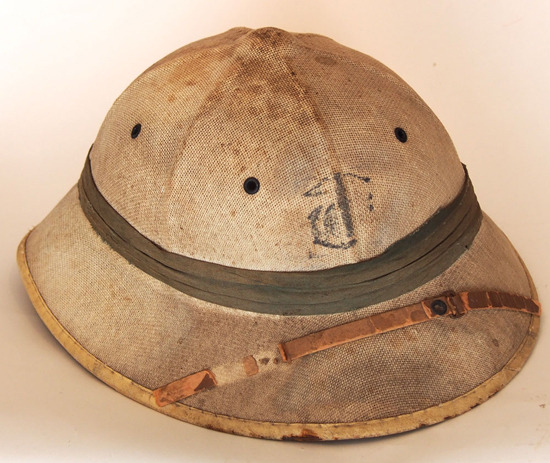
At the recent Show Of Shows (SOS) in Louisville a fascinating helmet was found – and to say I’ve never seen anything like it would be an understatement. It appears to be a commercial/civilian sun helmet likely from the 1930s. It features a USMC EGA (Eagle/Globe/Anchor) stamp on the front, and the faint remnants of a USMC stamp on the inside rear visor. Continue reading

